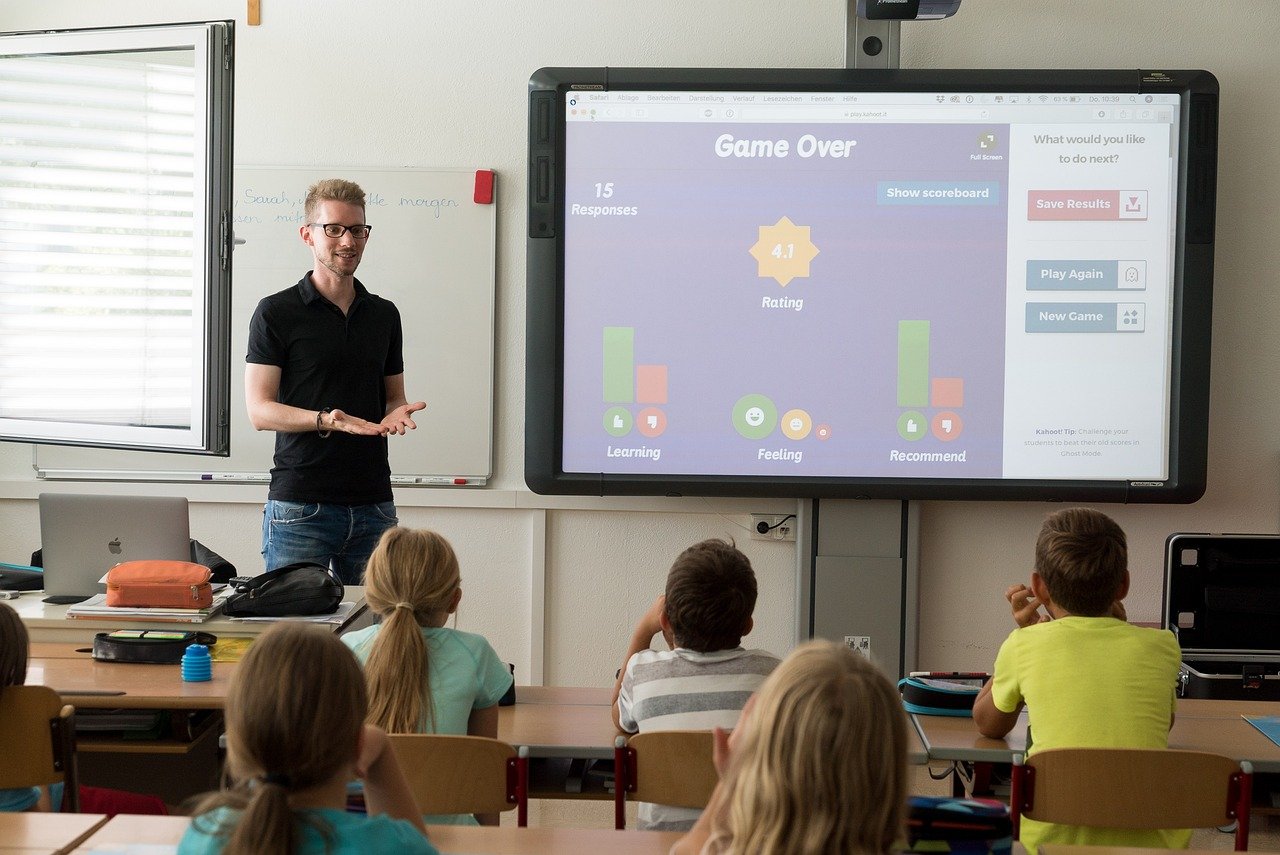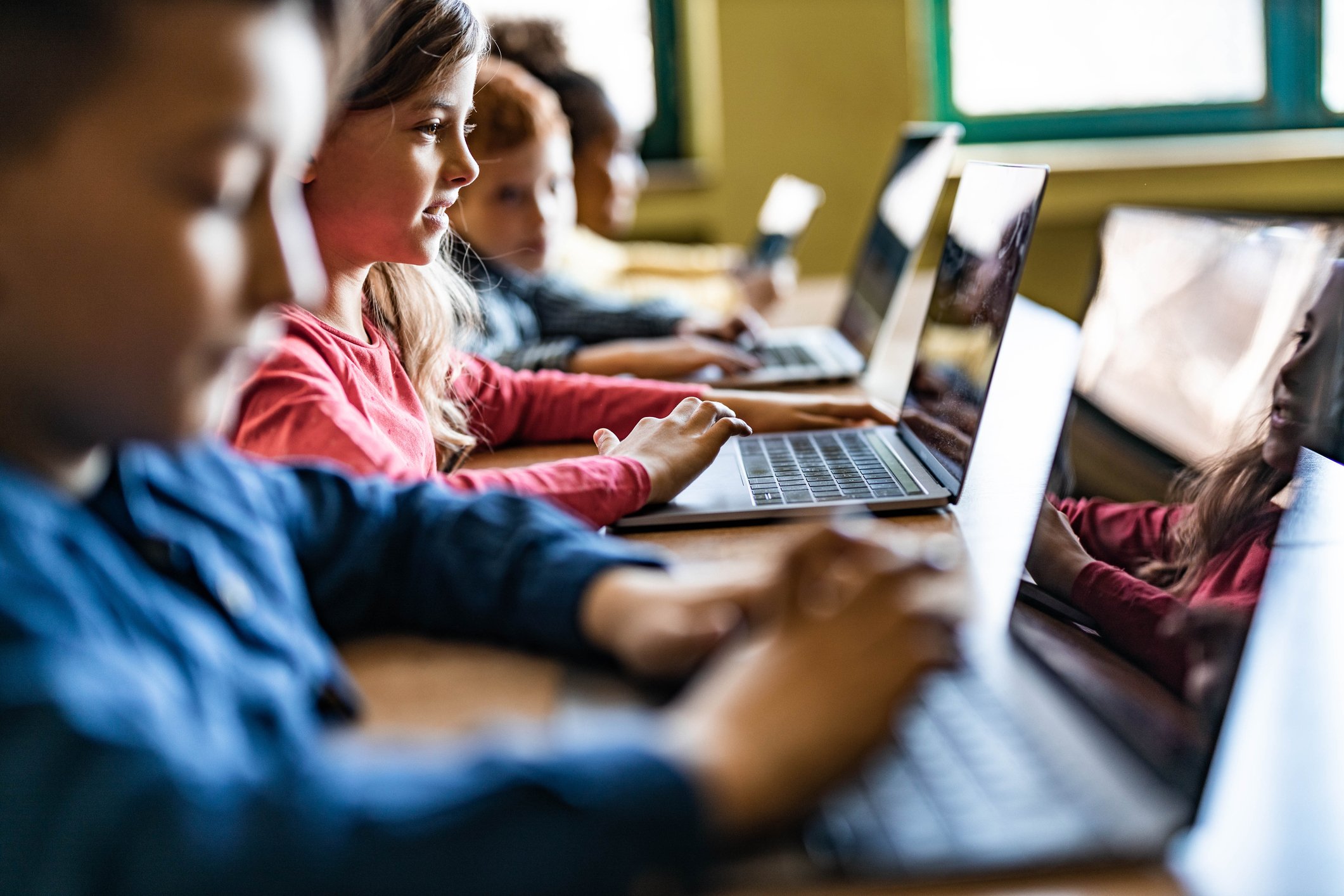
Balancing the need for safety and privacy in educational settings has always been challenging. However, while the advent of advanced technologies has undoubtedly helped make schools safer, it has also raised the stakes when it comes to striking this balance.
With the Singaporean education sector facing an almost 70% increase in cyber-attacks in recent years, and the Ministry of Education said to be committed to “targeted” school security upgrades, measures used to protect students and staff are likely to change in the near future. But educators will need to be wary of the line between improved security and decreased privacy.
This is a delicate line to tread, if it is only about security then we could tighten our school security as much as we want. But the privacy of students must also be equally considered. Many modern security technologies and practices rely on the analysis of identifiable data to protect individuals from threats, but at what point do these measures begin to impact the way teachers foster creativity and prioritize learning without being distracted by intrusive technology?
To answer this question, it’s important to evaluate the role of security in educational environments, in an attempt to highlight which measures are essential and which may be a step too far. With this in mind, let’s explore how to balance school safety and privacy in the digital age.
The Evolving Landscape of School Security
Rapid technological advancements and changing societal needs have driven an equally rapid evolution in security solutions. The need for more robust security has seen schools around the world increasingly adopt the latest technologies to help keep campuses safe, with Singaporean educators seemingly equally invested in the modernization of school security measures.
However, the integration of such technology must be approached carefully, bringing with it a host of considerations:
- Technological integration: The incorporation of advanced security technologies, such as school CCTV cameras and access control systems, is becoming more prevalent. These technologies offer enhanced monitoring and response capabilities to better protect students and staff, but can negatively impact learning if improperly implemented.
- Digital safety concerns: Alongside physical security, digital safety is gaining prominence. Protecting students from cyber threats and ensuring the security of their personal data is now a critical aspect of security in almost all Singaporean schools.
- Regulatory compliance: Schools must negotiate a complex and continually changing web of laws and regulations related to privacy and data protection. For example, Singaporean educators must comply with General Data Protection Regulation (GDPR) requirements to ensure the lawful use of security technologies in school environments.
While efforts to modernize and improve school security systems can be beneficial to educators and students alike, some experts are wary of over-investing in technologies rather than community measures. As the Ministry of Education stated in 2021, security improvements must be balanced with organizational practices if Singaporean schools are to avoid losing a sense of safety and trust in educational environments.

The Importance of Safety in Educational Environments
For students to flourish and develop both personally and academically, an atmosphere conducive to learning must be nurtured. This is why balancing security and privacy is essential.
While security is a fundamental necessity, the importance of privacy can’t be overlooked. Security isn’t just about allowing the safe education of students, but it’s also about creating an environment in which students can focus entirely on learning. While an increased security presence will undoubtedly reduce threat levels, research shows that visible security measures can have unintended negative consequences, leaving some students feeling less safe in high-security environments.
With this in mind, some key aspects to consider include:
- Impact on learning: A safe environment is conducive to learning. Students perform better academically and engage more fully when they feel secure in their surroundings, but an overreliance on technology over human-led efforts can have the opposite effect.
- Emotional well-being: The psychological impact of safety cannot be overstated. A secure environment contributes to the emotional and mental well-being of students, which is essential for their overall development.
- Community confidence: Parents and the wider community need to have confidence in the school’s ability to provide a safe environment. This trust is foundational to the school-community relationship, meaning regular liaison between educators and the wider community must be considered before any new security measures are developed.
Security needs to be effective if it is to achieve these goals, but it can’t be overbearing. Additionally, while the increasing integration of cloud-based systems and AI analytics are undoubtedly improving the effectiveness of security solutions, they do introduce additional privacy concerns.
If Singaporean schools are to increase investments in smart security solutions, equal resources must be committed to data protection efforts. As well as the employment of human security liaison officers to oversee these developments and act as the face of security for students. In addition, the working environment for these officers must be continually improved upon, a consideration that the Ministry of Education claims to be actively pursuing as of 2022.
Privacy Concerns in School Surveillance
While technology is undoubtedly a boon when it comes to school security, it doesn’t come without baggage. Privacy and ethical concerns consistently rank among the biggest considerations for most educators. These are effectively the hurdles that must be overcome if the right environment to allow students – and staff- to flourish is to be created.
In short, there are two main factors to be considered:
- Data protection and privacy: The collection and storage of surveillance data must be handled with utmost care to protect the privacy of students and staff. This includes organizational policies like the appointment of data security officers, alongside the use of security technologies like access control models to reliably limit access to sensitive data.
- Surveillance scope and limits: Establishing clear guidelines on the extent and use of surveillance is crucial to prevent overreach and maintain trust. Following government and industry-specific rules regarding such matters will help to standardize these efforts.
The quandary is to install systems that enhance the safety of students and staff without interfering with personal liberty. This becomes even trickier when considering the range of threats that schools face. The line between surveillance and invasive is difficult to define when these threats are factored in.
Understanding the Range of Threats in School Environments
A critical step in achieving the balance between security and privacy is to understand the common threats faced in school environments. This is a diverse list, with each facet requiring careful consideration.
Among the key threats that schools need to consider are:
- Unauthorized entry: The risk of unauthorized individuals on school premises poses a significant safety concern, necessitating secure access control solutions and incident reporting systems, but all associated data must be stored in line with GDPR guidelines.
- Bullying and violence: Incidents of bullying, both physical and cyber, and other forms of violence within schools. Advanced security systems can identify signs of bullying and help to create a safe learning environment, but technology must be supplemented with learning programs. One recent study found that a large number of Singaporean students do not perceive themselves as vulnerable to cyber threats, meaning for technological systems to be effective, students must be taught how to safely navigate digital systems.
- Digital threats: Cyber threats, including data breaches and online harassment, are becoming increasingly prevalent, with recently published data finding scams and cybercrimes to be far more prevalent in Singapore than physical security threats. These findings highlight the need for robust digital security measures in Singaporean schools.
- Emergency situations: Alongside criminal threats, Singaporean schools must be prepared for accidents and emergencies like natural disasters or fires, requiring comprehensive emergency response plans designed in line with technological systems.
Only once the nature of the common threats faced by schools are understood, can effective protective measures be intelligently implemented. Technological developments must be implemented alongside fitting organizational policies to create a secure environment designed to equally respect privacy and personal liberties.

Steps to a Balanced Approach in School Security
Let’s begin by acknowledging that there are definite challenges to be addressed with regard to Singaporean school security improvements. What works best for one set of circumstances may not be the best solution for another. In short, balancing security and privacy needs to be a tailored approach, with the intricacies of specific environments factored into new developments.
However, to simplify the development of tailored security solutions, a set of overarching guidelines should be created to act as a foundation for all Singaporean schools to build upon.
The principles covered by such a set of guidelines would most likely include:
1 ) Proportionate use of technology: Implement security technologies like school security cameras and access controls in a way that is proportionate to identified risks. Investigations should be held to analyze realistic threats to specific school environments, with new installations developed in response to data rather than unverifiable opinions.
2 ) Privacy by design: Integrate privacy considerations into the design of security systems, ensuring data protection and minimal intrusion. GDPR guidelines can help to simplify this pursuit, with rules outlining how to safely segment and store confidential data, along with guidance regarding effective access control and reliable data management policies
3 ) Regular policy review: Continuously review and update security policies to adapt to new challenges and technological advancements. Threat levels and security risks will likely change over time, meaning systems will need to be reviewed continuously to make sure the balance between security and privacy is appropriately maintained.
4 ) Training and awareness: Educate the school community about security measures, their purpose, and how to responsibly use installed systems to foster a culture of safety and respect. Training students and staff in how to effectively deter threats may help schools to limit their reliance on technology, removing some concerns regarding data privacy.
5 ) Stakeholder involvement: Involve students, staff, and parents in the decision-making process, ensuring transparency and building trust. If students know how installed security tools are intended to operate, and have had some input in their deployment, it’s less likely that they’ll feel such systems have been designed to intrude on their privacy.
Applying these principles can help schools achieve the correct balance between two goals that – at first glance – might seem to be at odds. In essence, school security systems can be effectively strengthened provided students and staff have had some input on their deployment.
Treading the Thin Line Between Security and Privacy
Security and privacy are two fundamental human rights. However, by necessity, safety means compromising privacy to one degree or another. This conundrum is not new, but the increasing use of advanced security technologies is highlighting the ongoing need for us to be aware of this issue.
Overall, the revolution in security that advanced technology brings to the table can be hugely beneficial. However, the need for a balanced approach shouldn’t be an afterthought, it should be an integral component of any well-thought-out school security solution.
